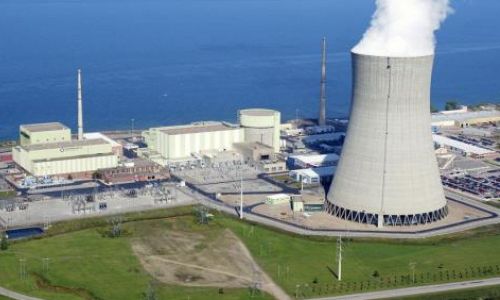The Kenyan government’s plan to construct the country’s first nuclear power plant in Kilifi County has ignited a fierce debate that cuts across environmental, economic, and social lines.
Set to be operational by 2034, the $3.9 billion project aims to generate 1,000 megawatts of power, positioning itself as a cornerstone in Kenya’s strategy to reduce reliance on hydroelectric and fossil fuel energy sources. However, the opposition from local communities, environmentalists, and activists raises critical questions that cannot be ignored.
One of the most pressing concerns is the potential environmental impact. Kilifi’s coastline is not just a picturesque locale; it’s a vital ecosystem that supports fishing and tourism—the lifeblood of the local economy. Fishermen like Timothy, who has spent two decades relying on the ocean’s bounty, fear that the plant could destroy fish breeding sites. “If they erect a nuclear plant here, the breeding sites for fish will all be destroyed and won’t exist,” he laments.
The Arabuko Sokoke forest, renowned for its unique bird species, also stands at risk. The loss of such biodiversity could have irreversible consequences, not just for the environment but for future generations.
Health risks associated with nuclear energy cannot be swept under the rug. Activists like Francis Auma warn of “malformed children” and other health hazards due to potential radiation leaks. While the Nuclear Power and Energy Agency assures that safety measures will be in place, the skepticism remains high.
Trust is eroded further by allegations of a lack of transparency and insufficient involvement of local residents in the decision-making process. When communities feel sidelined, it breeds resentment and opposition, making it imperative for the government to engage in open dialogues.
Economically, the hefty price tag of 500 billion Kenyan shillings raises eyebrows. Critics argue that the same investment could generate more than double the power output if funneled into renewable energy sources like wind and solar, which are abundant and sustainable.
“Why are we using it to generate only a thousand megawatts for only sixty years, then it’s finished? While we have renewables that can last a lifetime for generations to come,” questions the Executive Director of the Centre for Justice Governance and Environmental Action.
Proponents might argue that nuclear energy offers a stable and continuous power supply, unlike some renewable sources that are weather-dependent. However, the long-term costs, including dealing with nuclear waste—a burden opponents do not want Kilifi County to bear—must be weighed against these benefits.
The government’s ambition to advance Kenya’s energy infrastructure is commendable. Diversifying energy sources is crucial for economic growth and development. However, such progress should not come at the expense of the environment, public health, or the livelihoods of local communities. Sustainable development is not just about meeting present needs but ensuring that future generations inherit a world worth living in.
In moving forward, the government must prioritize transparent communication and genuine engagement with all stakeholders. Addressing concerns openly can pave the way for solutions that balance development with sustainability. Perhaps it’s time to revisit the drawing board and consider alternative energy investments that align more closely with Kenya’s natural assets and the well-being of its people.
The debate over the Kilifi nuclear plant is more than a local issue; it’s a reflection of the choices developing nations face in the pursuit of progress. Kenya stands at a crossroads where it can choose a path that honors both its developmental goals and its rich environmental heritage. The question remains: Will it take the road less harmful?

